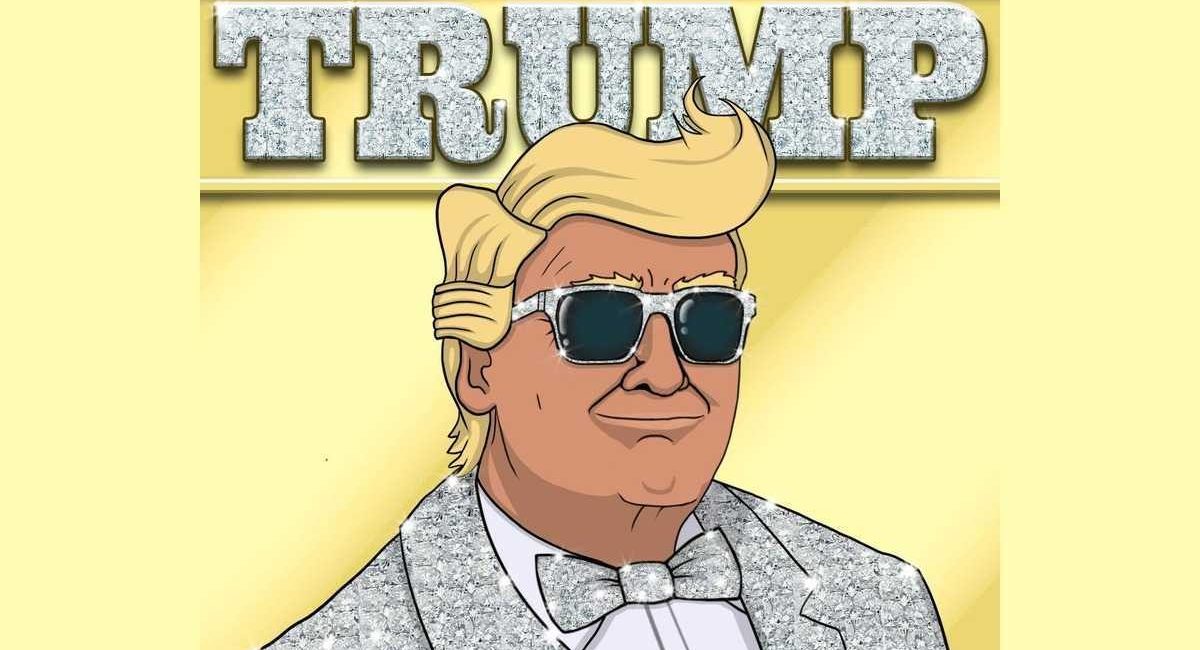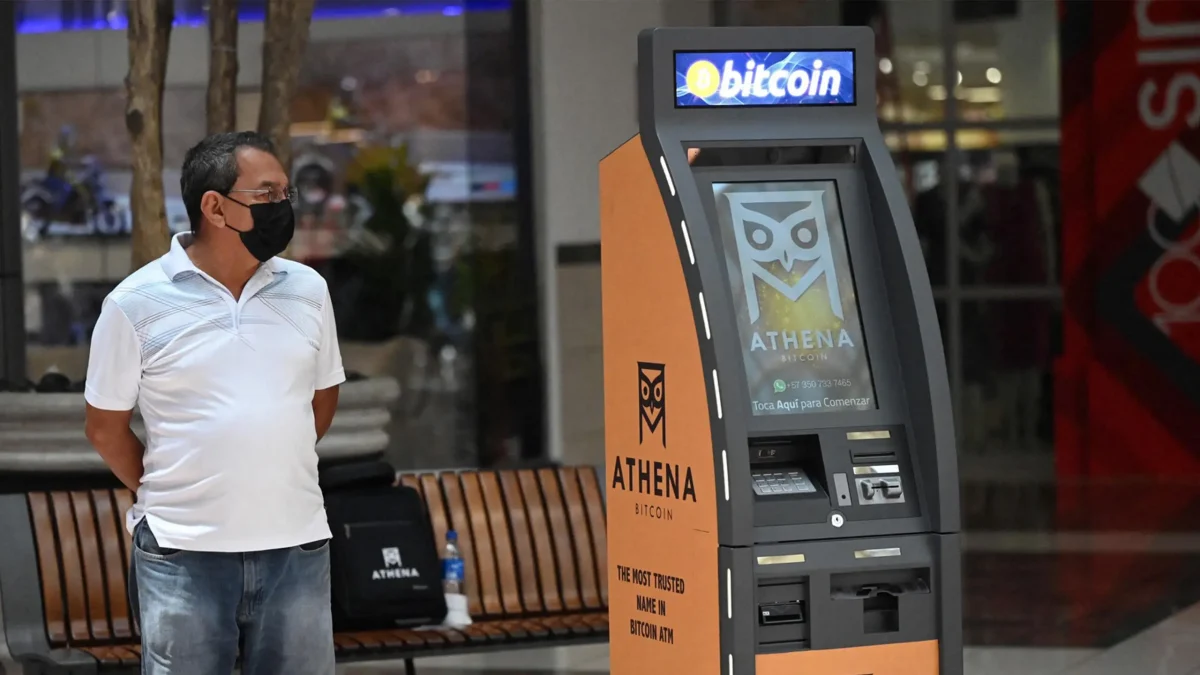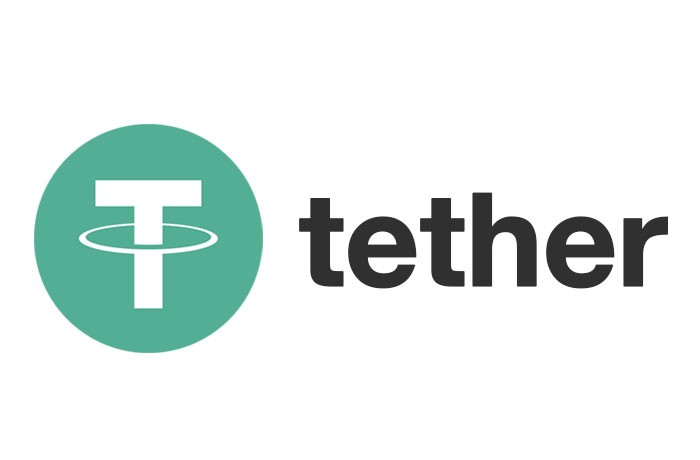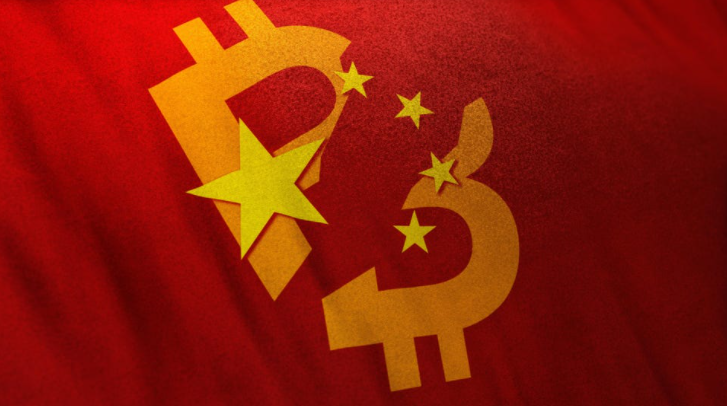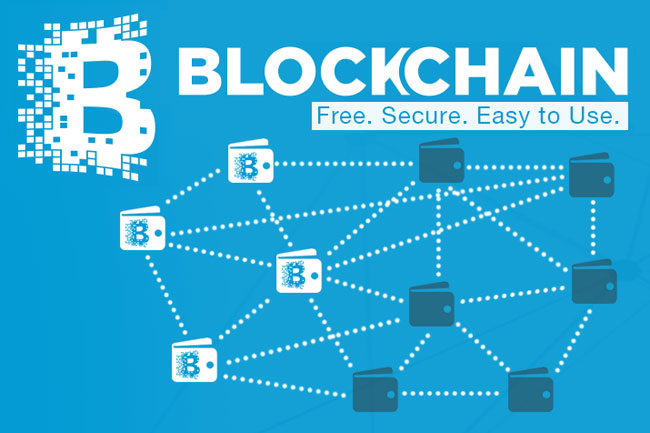5/5 (2) “Not since the days of the now legendary Silk Road has a single site dominated the dark web’s black market as completely, and for as long as the online bazaar Alphabay. With the news that the site has been torn down by a law enforcement raid —and one of its leaders found dead in a Thai prison— the dark web drug trade has fallen into a temporary state of chaos.” (Wired, 14th July 2017)
In July 2017 the US and Dutch authorities shut down the two major illegal marketplaces Alphabay and Hansa with the aim to crack down the sales of drugs, weapons and malware. However, the shutdown was accompanied by increased traffic at other black markets (BBC, 2017).
This blog looks at the platform properties of a black market on the dark net and asks the question whether another black market can dominate and attain a winner takes all scenario? In this blog the term black market is used to refer to the markets which mainly trade in illegal products and are hosted on the dark net.
Platform location and product nature
Alphabay and eBay both provide a platform which connects buyers and sellers. The main difference is that one sells illegal products and the other does not. For that reason eBay can have its platform on the searchable web, the Surface Web, while Alphabay operates from the dark net. The dark net (also called dark web) which is intentionally hidden and inaccessible through standard web browsers (Sing, 2014).
The majority (70%) of illegal products sold are cannabis-, ecstasy- and cocaine-related products. There are black markets which are specialised in a certain product, and markets which offer a wide variety of products. Specialisation can for example occur with respect to drugs, weapons or counterfeits (Soska & Christin, 2015). This indicates that niche specialisation seems possible and worthwhile, which decreases the odds for a winner takes all game.
Risk mitigation function
The black market does not sell any products itself, but has as main function to manage risks for its users while they participate in transactions (Soska & Christin, 2015). Risk is mitigated in four ways:
- Abolishing physical interactions to eliminate physical violence during transactions
- Providing superior anonymity guarantees compared to other modes of transactions
- Holding payments (often in bitcoins) in an account until for example the receiving party confirms that his order has arrived. This idea is referred to as escrow and some black markets work with a more advanced multi signature escrow. Financial risks are also mitigated by allowing its user to hedge against bitcoin value fluctuations.
- Requiring feedback for the quality of goods received
Power of a feedback system
The fourth method, a feedback system, ensures that buyers and sellers behave in an honest way. In case of a scam on the black market there is no where to turn to. There are no contracts, no physical interactions, and no government who will help you. Hardy & Norgaard (2016) write that reputation based on a feedback system is a strong self-enforcing mechanism to sustain transactions on black markets. Furthermore, the existence of feedback systems make it possible for researchers to investigate the size of sales on black markets.
Positive network effects
In order to thrive as black market you want to increase the number of buyers an sellers to achieve a higher number of transactions and a better match between buyer and seller. Strong positive network effects are found in a multiyear study on black market transactions. Either marketplaces manage to get initial traction and then rapidly flourish, or they never manage to take off (Soska & Chrstin, 2015). The increase user base enhances the value of the platform for users which stimulates a further increase in users. This effect contributes to a winner takes it all scenario.
Access and long-tail
Complete open access to the platform comes however with the risk of a drop in quality goods offered and more user misbehaviour (Alstyne et al., 2016). Silk Road allowed its buyers, the subsidised party, to create free accounts. Sellers needed to either bid for an account or pay a fixed fee (Dread Pirate Roberts, 2011). In this way low-quality sellers would be deterred from the platform and it would be costly for sellers to keep recreating accounts after they received negative feedback. At the same time the fee for sellers provided income for the owners of the platform. In addition, the owners profit from a commission on sales.
Although a few big sellers are very successful with respect to sales, the majority of sellers earns little revenue. Soska & Christin (2015) state that the long-tail phenomenon can found in in the seller population.
The end of a black market
Since the rise and fall of Silk Road, multiple black markets came to existence and vanished. There are three main ways, one forced by government and two voluntarily chosen by the administrators, in which these black markets closed:
- Take-down: The black market was shut down by government and the bitcoins are confiscated.
- Exit-scam: The black market owners ran away with the bitcoins of its users. Sometimes the owners try to blame technological failures for the disappearance of the black market and its bitcoins.
- Exit-in-Fear: Some black markets close down and give back bitcoins or freeze when the owners suspect that the governments are close to a take-down.
Network effects and take-down
In 2011, the existence of Silk Road, the most popular black market at that time, became more known on the Surface Web when an article was published on Gawker, a US Blog. Silk Road started to be a topic of discussion. At this time a US Senator requested the FBI to shut down Silk Road. The existence of online market, where thousands of drugs transaction took place per day, was a slap in the face for law enforcement. The extra attention for Silk Road boosted its traffic even more. (Wired, 2015).
Silk Road was eventually taken down in 2013. Temporarily negative network effects were witnessed for other black markets, when the technology of their sites could not cope well with an overflow of new users which moved away from Silk Road. Since the fall of Silk Road only Alphabay was able to dominate the market for as long as Silk Road did. (Wired, 2017) However, in the summer of 2017, also this black market has been shut down by the government. The probability of getting on the radar for law enforcement increases with the popularity of the market. In addition, the priority for the law enforcement to take you down increases also with the popularity of the market. In this way the upside from network effects come suddenly to an halt when the FBI knocks on your door.
The growth of the black markets ecosystem
Although some black markets have closed down voluntarily or through external force in the past years, the total sales of all the black markets still in existence keeps on growing (Saska & Christin, 2015). Buyers and sellers quickly move to another existing market or start a new one. Saska & Chrstin (2015) argue therefore that new crackdowns of marketplaces might not help in an effort to reduce online drug trade.
Sellers are often active on multiple black markets, a case of multihoming, in the anticipation that one of them will eventually end. This means that the threat of a close down stimulates multihoming and undermines the ability of a winner take it all scenario in the black markets ecosystem.
How to escape the government?
Before a take-down happens, a game of hide and seek is played between the government and the administrators of the black market. The ability of the administrators to hide themselves, and their access to the marketplace, depends on the technological sophistication of their marketplace and the human behaviour of the administrators. In theory it could be possible to have superior technology and perfect human behaviour which would allow the administrators and their marketplace to hide forever. This is however a difficult bet since you only know when your security is flawed when someone breaches it.
Another scenario which would improve the sustainability of black markets is when the government accepts the existence of black markets and shifts its resources away from take-down operations. As Saska & Christin (2015) suggest, it might be more worthwhile for the the government to reduce the demand for drugs or focus on the sellers of drugs rather than trying to fight the marketplaces itself. However, so far there are no indications that that the government will take this position.
Conclusion: can a winner takes all scenario materialise?
Positive network effects contribute to the rise of black markets as major players while other black markets remain small. However, buyers have a wide variety of demand for illegal products allowing niche markets to remain. In addition, sellers are present on multiple markets indicating that multihoming is not too costly and hence enforces the existence of multiple black markets. The multihoming behaviour is incentivised by the threat of black market closure. Popularity of a black market, due to network effects, make a black market more likely for government take-down. So far the two most dominant black markets Silk Road and Alphabay have both ended in this way. There are many threats preventing a winner take all scenario and even sustaining a position as major black market seems to be difficult. A potential for more sustainable black markets might arise with new technological developments or a change government strategies.
References:
BBC (1 August 2017) “Dark web markets boom after AlphaBay and Hansa busts” http://www.bbc.com/news/technology-40788266
Dread Pirate Roberts (26 June 2011). “New seller accounts”. Silk Road forums., Source copied from references at https://en.wikipedia.org/wiki/Silk_Road_(marketplace)#cite_note-10
Hardy, R. A., & Norgaard, J. R. (2016). Reputation in the Internet black market: an empirical and theoretical analysis of the Deep Web. Journal of Institutional Economics, 12(3), 515-539
Sing (27 March 2014). “Clearing Up Confusion – Deep Web vs. Dark Web” https://brightplanet.com/2014/03/clearing-confusion-deep-web-vs-dark-web/
Soska, K. & Christin, N. (2015). Measuring the Longitudinal Evolution of the Online Anonymous Marketplace Ecosystem. 24th SENIX Security Symposium
Van Alstyne, M. W., Parker, G. G., & Choudary, S. P. (2016). Pipelines, platforms, and the new rules of strategy. Harvard Business Review, 94(4), 54-62
Wired (April 2015) “The Untold Story of Silk Road, Part 1” https://www.wired.com/2015/04/silk-road-1/
Wired (14 July 2017). “The Biggest Dark Web Takedown Yet Sends Black Markets Reeling” https://www.wired.com/story/alphabay-takedown-dark-web-chaos/


